6 Mars Photos As NASA's Curiosity Rover Celebrates 6th Anniversary Of Exploration
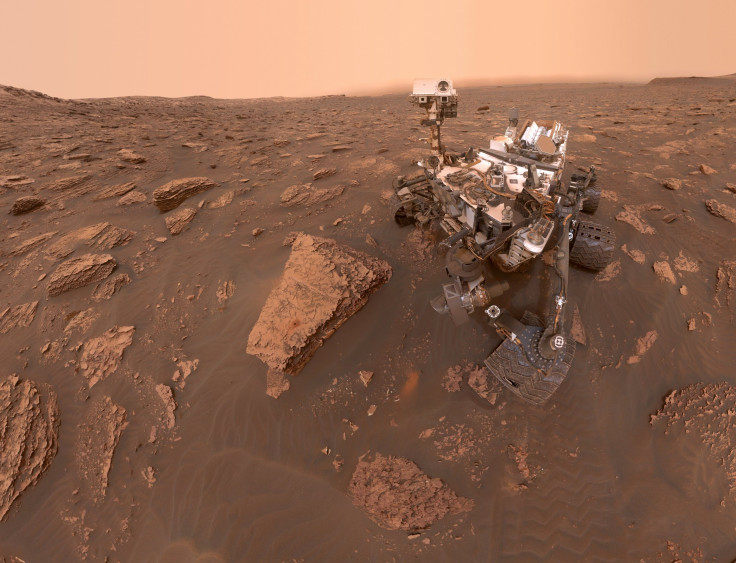
On Aug. 5, 2018, NASA’s famous robotic vehicle, Curiosity, celebrated its sixth anniversary on the surface of Mars.
The rover, which has made some prolific discoveries on the red planet, landed in its Gale Crater in 2012. The historic touch-down marked the beginning of Curiosity’s mission to explore the Martian landscape and unravel the secrets hidden beneath its surface, including the possibility of life sometime in the distant past.
Though Curiosity didn’t celebrate the occasion by singing “happy birthday” to itself like it did on the first anniversary, the car-sized rover did share an image on Twitter.
"I touched down on #Mars six years ago," the tweet read. "Celebrating my 6th landing anniversary with the traditional gift of iron... oxide. (It puts the red in Red Planet.)"
Ever since landing on the planet, Curiosity has driven nearly 12 miles to its current location in the crater. While this might appear a little less by Earth standards, during this journey, the rover made some breathtaking finds, including signs of water as well as an ancient freshwater lake at the floor of the crater.
It even took some really spectacular images and selfies to give us an idea of how things look on the red planet. The catalog is maintained and updated by NASA from time to time, but as this is Curiosity’s sixth birthday, we decided to share six best images transmitted by the rover.
First Day On Mars
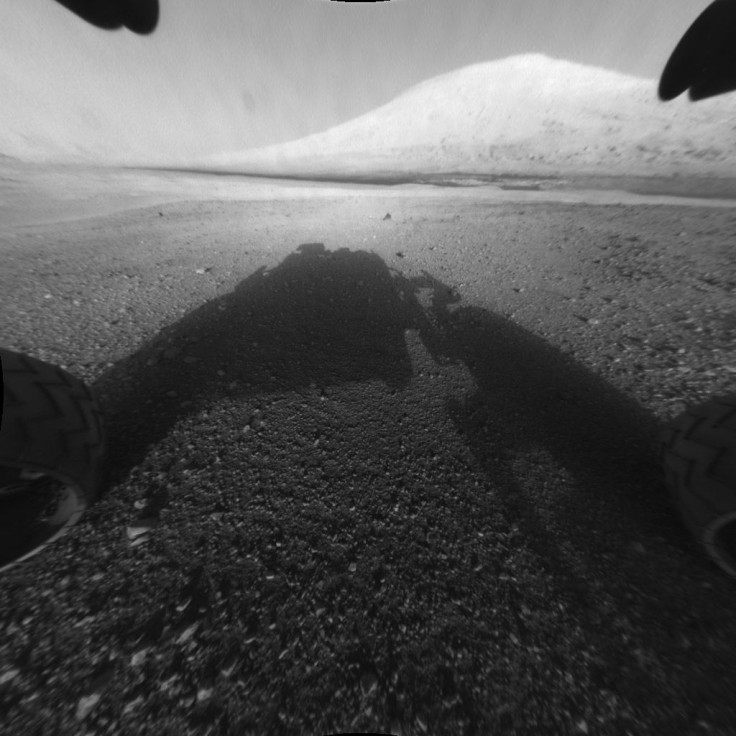
Curiosity took this image soon after landing on the red planet. It settled near the foot of a three-mile-tall mountain named Mount Sharp and started moving toward it for science observations.
The shot captures the target mountain, Curiosity’s shadow, and dunes in the form of dark bands. According to NASA, Mount Sharp goes as high as 3.4 miles, but the highest elevation captured in this view is 2.5 miles above the rover.
Martian Sunset
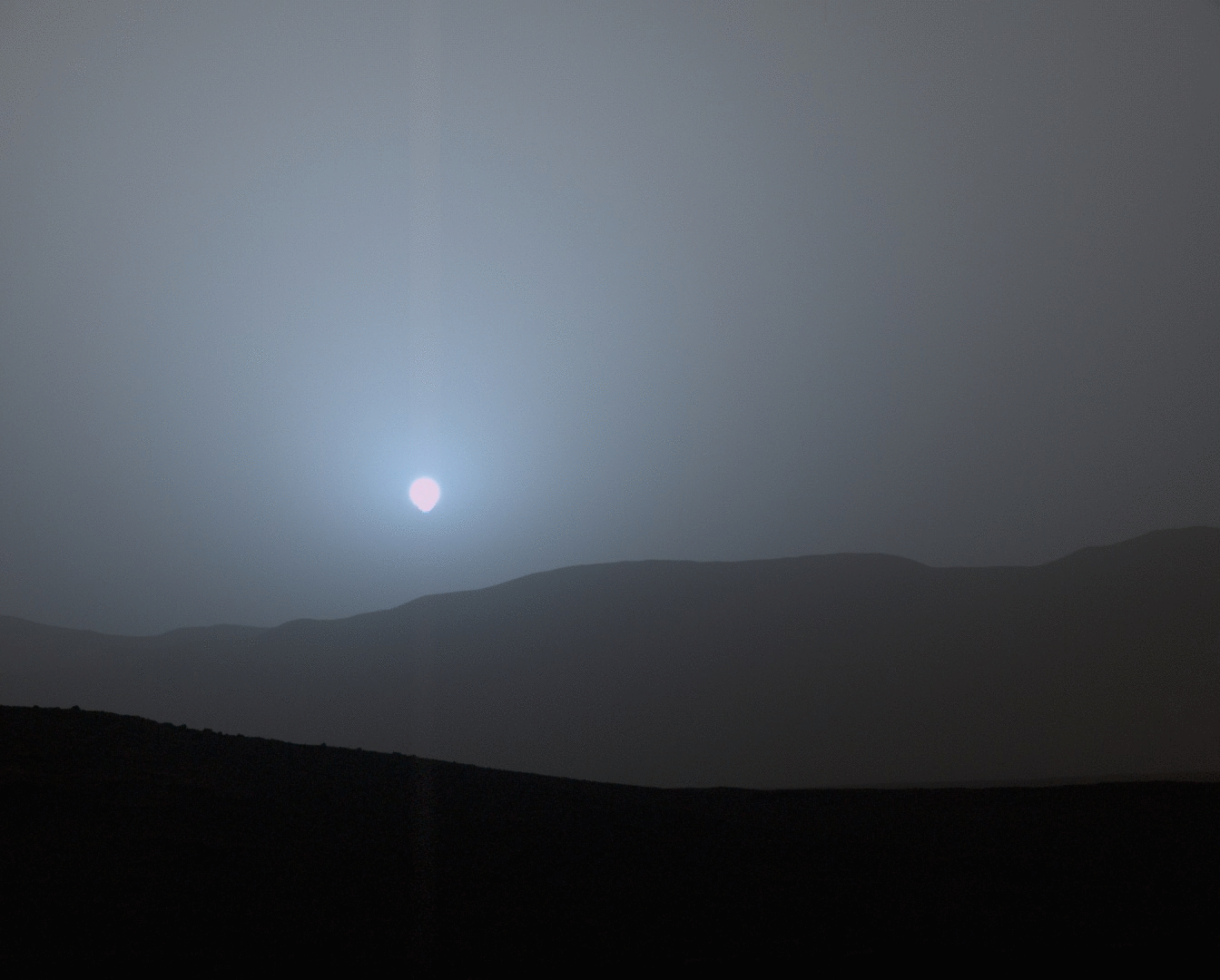
This image shows the first-ever sunset observed by Curiosity in color. The rover took a series of photographs using its Mastcam to produce an animation of sun setting in the Martian horizon. Such views, according to the agency, occur due to the presence of fine dust particles in the Martian atmosphere and more prevalent at the time of sunset.
Dust Storm selfie
This particular shot was taken by Curiosity during the massive dust storm that covered the face of Mars. Normally, the wall and rim of the Gale Crater are visible in Curiosity’s selfies, but here everything in the background has been obscured by the thick layer of dust.
“Thigh Bone” Formation
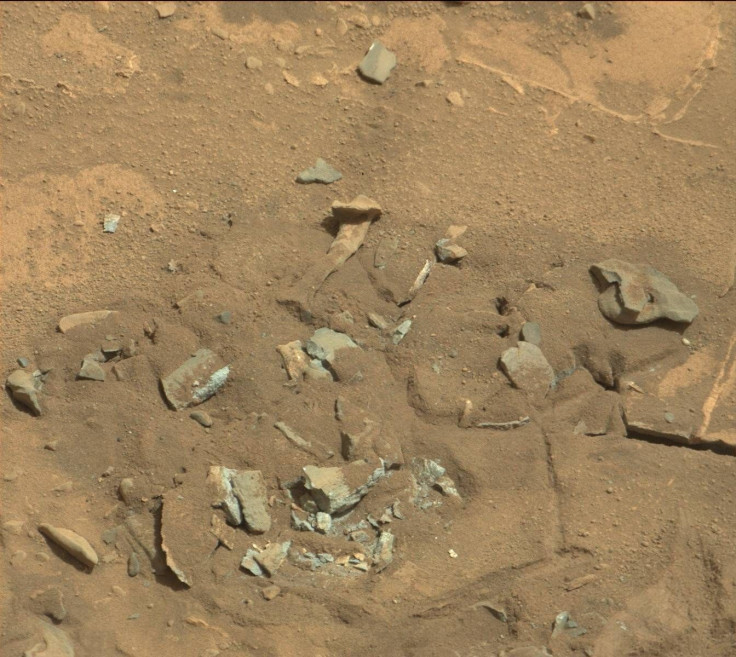
This photograph, taken in 2014 by Curiosity, shows a bone-like structure, particularly similar to the thigh bone. The image drew widespread attention from UFO enthusiasts and conspiracy theorists, but as NASA stated, this formation is a rock, which has been sculpted into this shape due to erosion by wind or water.
Martian Meteorite
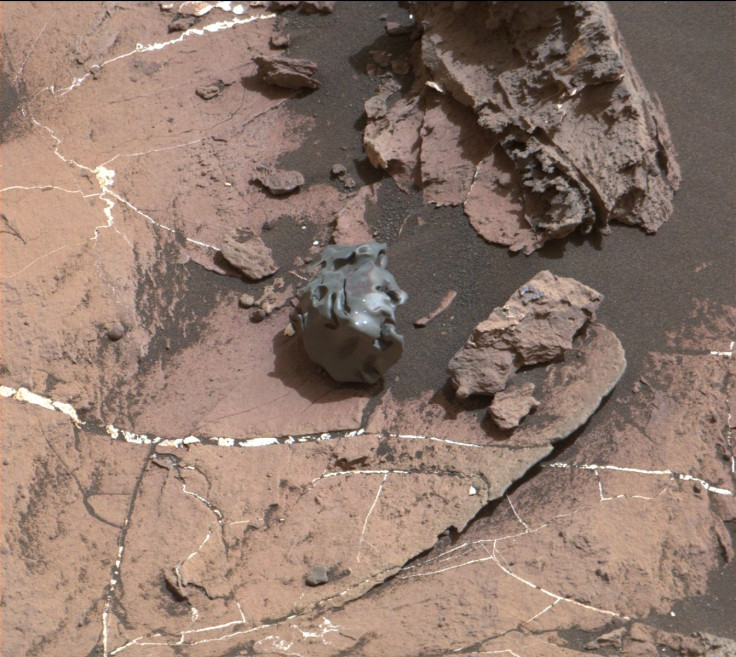
Meteorites are known to crash on Earth and on other worlds, but astronomers were particularly intrigued when Curiosity stumbled upon this golf ball-sized piece of rock on the Martian surface. It came to be known as “Egg Rock” and was later confirmed to be an iron-nickel meteorite – a class of space rocks commonly found on Earth.
“Ireson Hill” on Mount Sharp

Last year, Curiosity’s Mastcam photographed this 16-foot-tall mound in the Gale Crater. The Ireson Hill looks very similar to hilly features seen on Earth, particularly in the desert region. However, it is worth noting the photograph has been white-balanced to show how it would appear in daylight conditions on Earth.
Curiosity is way past its original mission on the red planet, but as it moves ahead, we hope to see more such images showcasing distinct features on the surface of Mars.
© Copyright IBTimes 2024. All rights reserved.





















